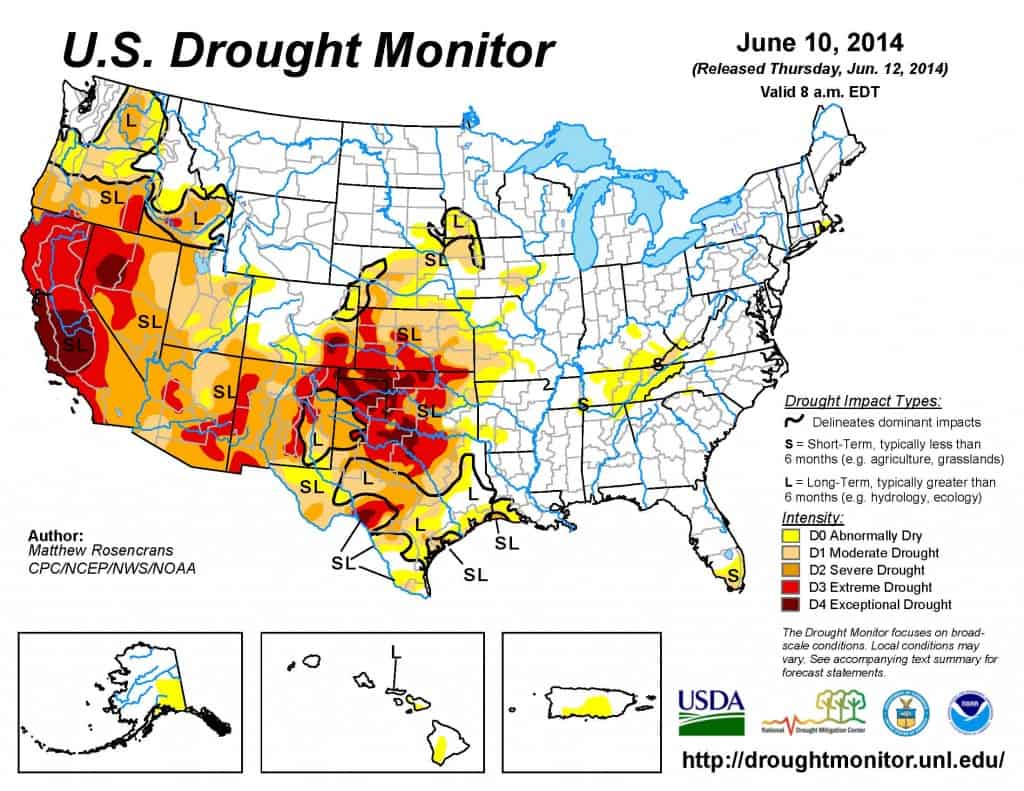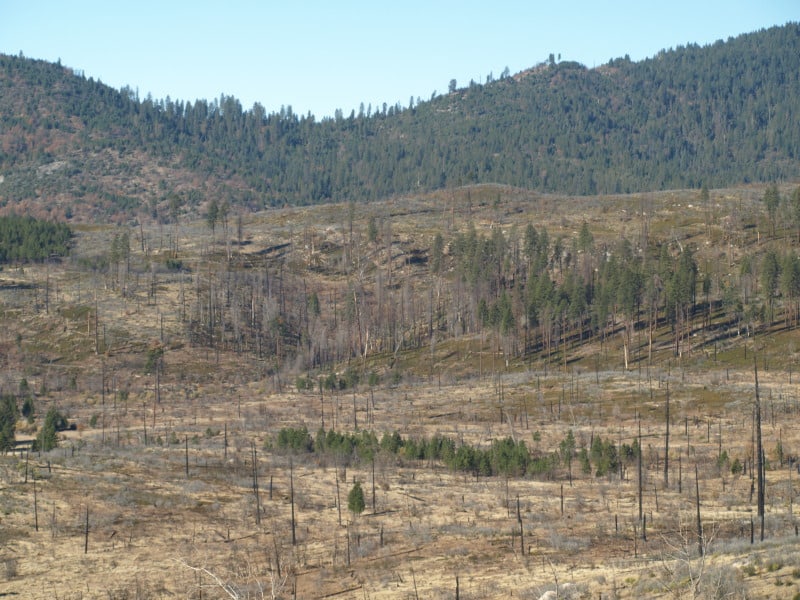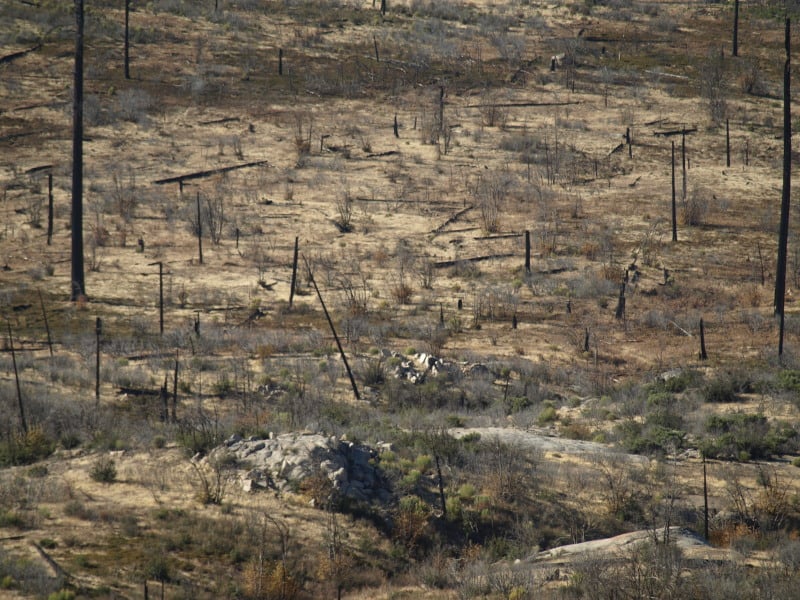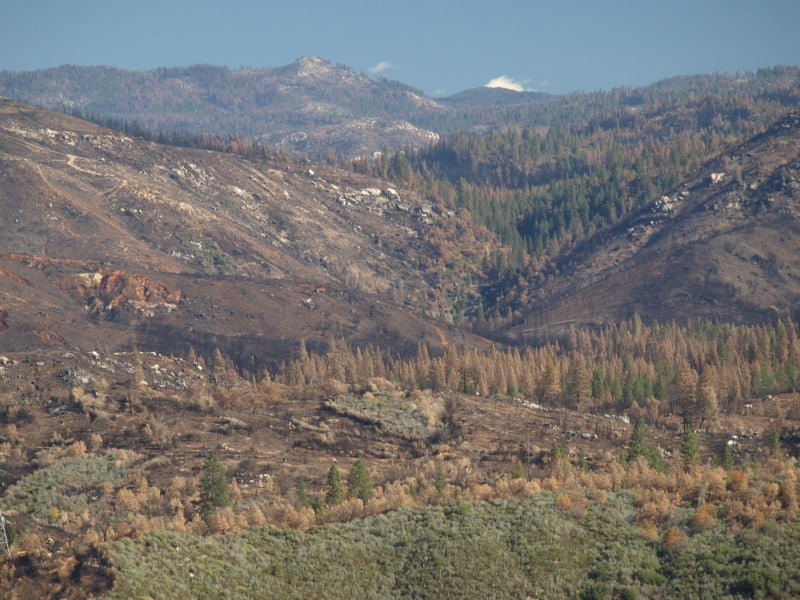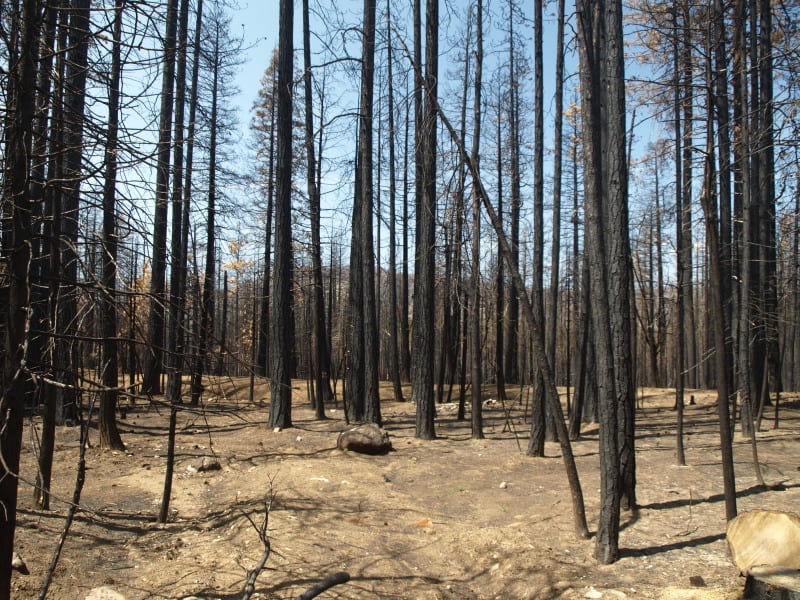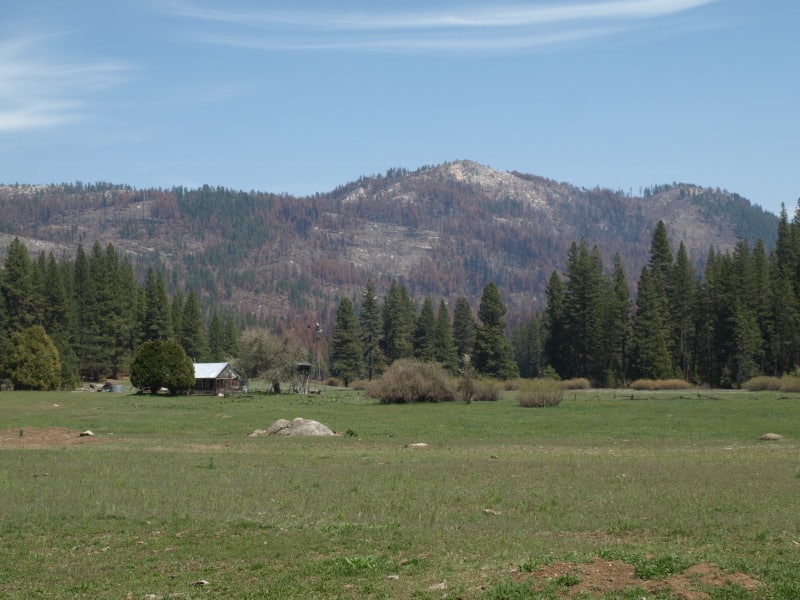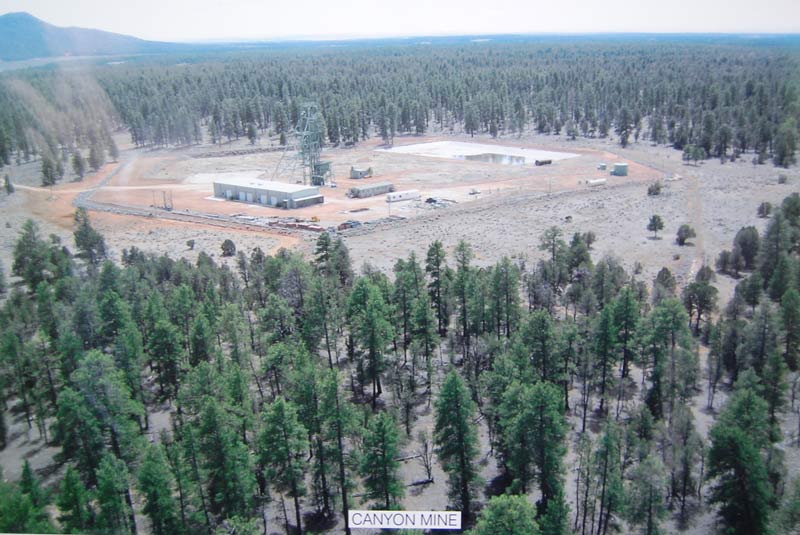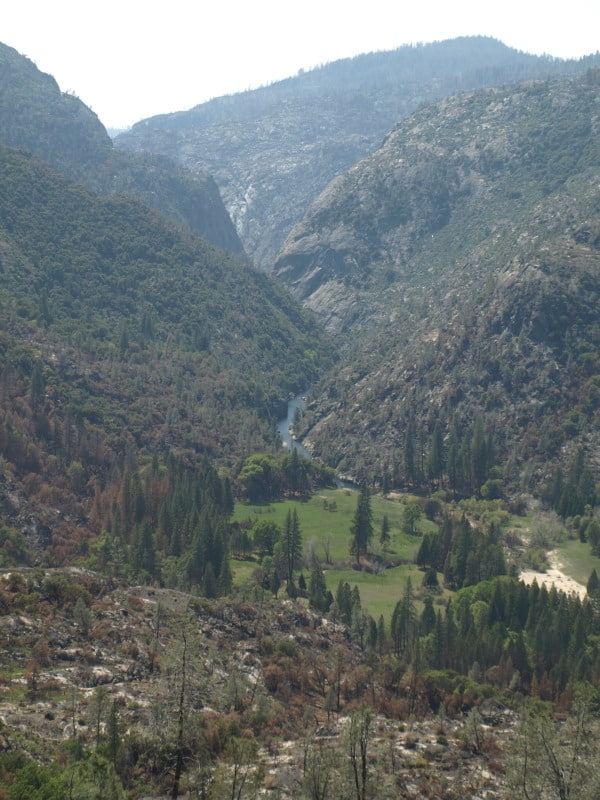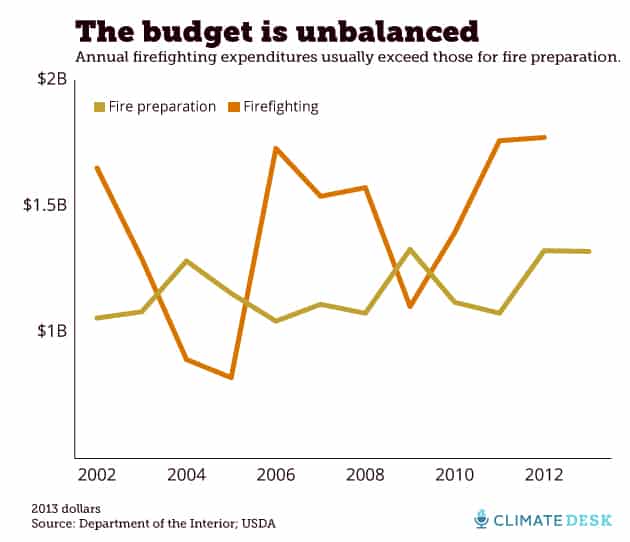
Here is an interesting article, with great graphics from Mother Jones Magazine. I just have a small extract here so you can get a flavor, but check out the links and graphics in the original.
Indeed, firefighting expenditures have consistently outpaced fire preparation expenditures, even as experts like Covington and Douglas insist that, like the adage says, an ounce of prevention is worth a pound of cure. Since 2002, the average dollar spent on firefighting has been matched by only 80 cents in preparatory spending on things like clearing away hazardous fuels and putting firefighting resources in place:
Wyden’s bill, which he calls “arguably one of the first bipartisan efforts that could make a real dent in climate change,” is still in committee, and the House version has already taken heat from fiscal conservatives like Paul Ryan (R-Wisc.). In any case, it wouldn’t take effect until next year. But Covington argues that the government needs to approach wildfires as natural disasters on par with hurricanes and earthquakes, and that we should plan for a future that is much more severe than the past.
“Earlier in the century, if they saw what’s been going on since the ’90s, it’s just inconceivable,” he says. “It alarms me that people don’t realize how much is being lost.”
Some thoughts..
1)There are many sources of increased costs, as we have discussed here before. More rules, better equipment, etc.
2) I like that the article says “they are able to extinguish most fires when they are relatively small.” I wonder how that tracks with various let-burn policies, though.. as in “we are able to extinguish them, but we don’t.” And if they don’t, how many of the larger fires does that explain? If we let some fires burn on purpose, wouldn’t acreage increase over the time we didn’t?
3) I thought this was interesting… “In 2006, Westerling counted instances of fires greater than 1,000 acres in Western states; the study, published in Science, found that “large wildfire activity increased suddenly and markedly in the mid-1980s.” But CO2 I don’t think increased “suddenly” so I wonder if there is another explanation?
4) I found this quote intriguing, if you think about it..
“Environmental change is complicating the work of fire managers who already had their work cut out for them restoring forests from the decades-long practice of suppressing all fires, which led to an unhealthy buildup of fuel that can turn a small fire into a megafire.”
Well, fire managers planned to “restore” forests that have an “unhealthy” buildup of fuels. It seems like there are only two ways of doing it..mechanical treatments and prescribed burns or some combination, if, in fact, we are talking about forests that have “unhealthy buildups.” Since it is really hard to do either one (litigation on mechanical, safety and health on prescribed burns) the idea that this will happen across all acres in the west, even with unlimited bucks, seems unrealistic to me. Maybe we need some more realistic ideas like “climate change has made fires unpredictable and scarier. Therefore we should do more mechanical fuel treatments.. enough to make a difference and protect communities, and be very very careful with prescribed burns and fire use.” Climate change makes things worse, but just makes us want more money, not change our approach?
5. I like that this article says that “80 cents in preparatory spending on things like clearing away hazardous fuels and putting firefighting resources in place” so hazardous fuel treatment is a good thing, yet as we have seen in the pages of this blog, those projects can be hung up for years in some cases due to the way appeals and litigation works.
6. In this Mother Jones article, people who argue for fuels treatment projects are Democrats (Wyden) and those against, Republican (because of the bucks). For those of us who have sat through House and Senate hearings, it’s a fascinating take.
7. Finally, if you’re in the west, and you’re thinking “but we don’t have a drought, here, it’s been raining all spring and summer” you can find yourself in the helpful map below. Here is a link for more info.
